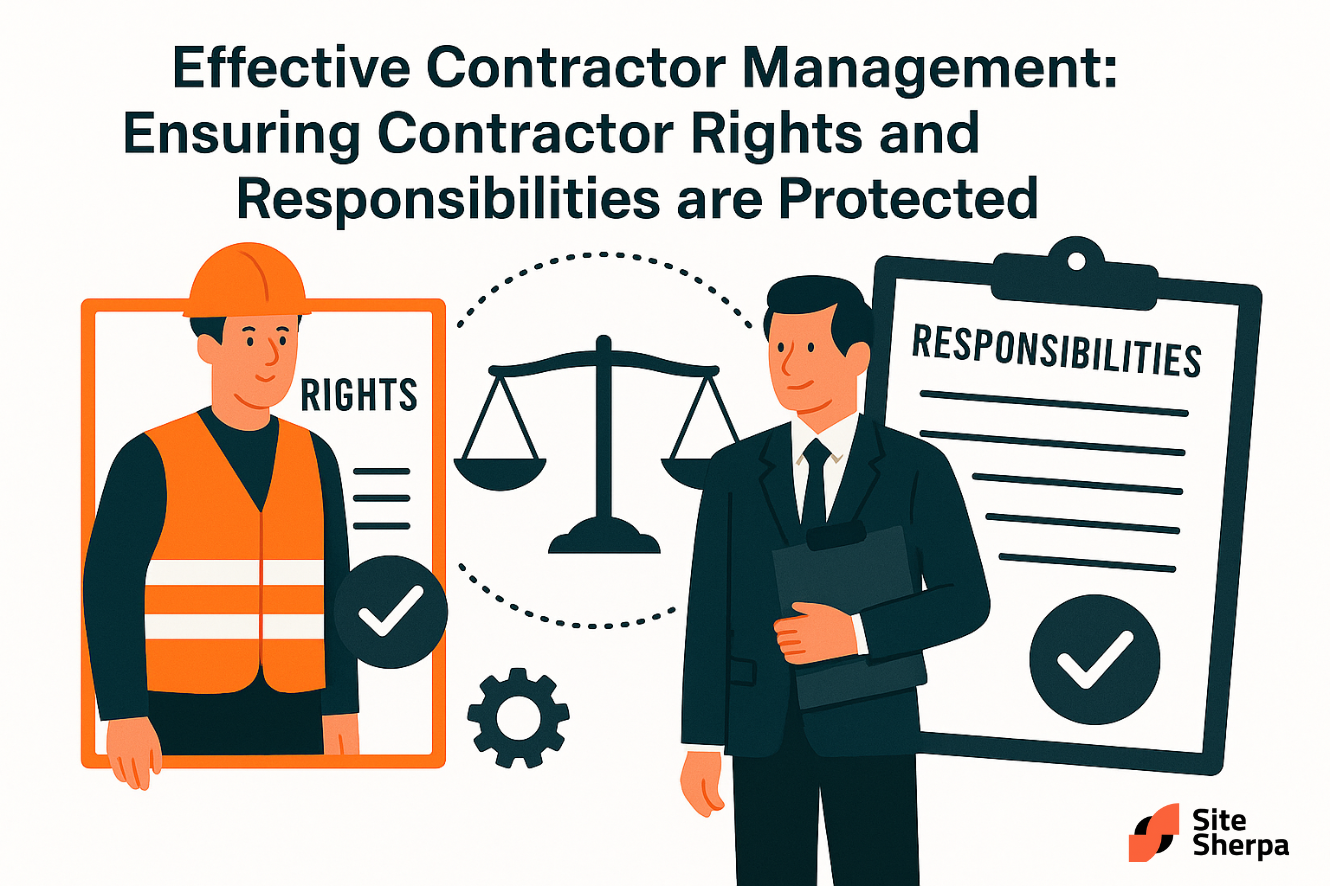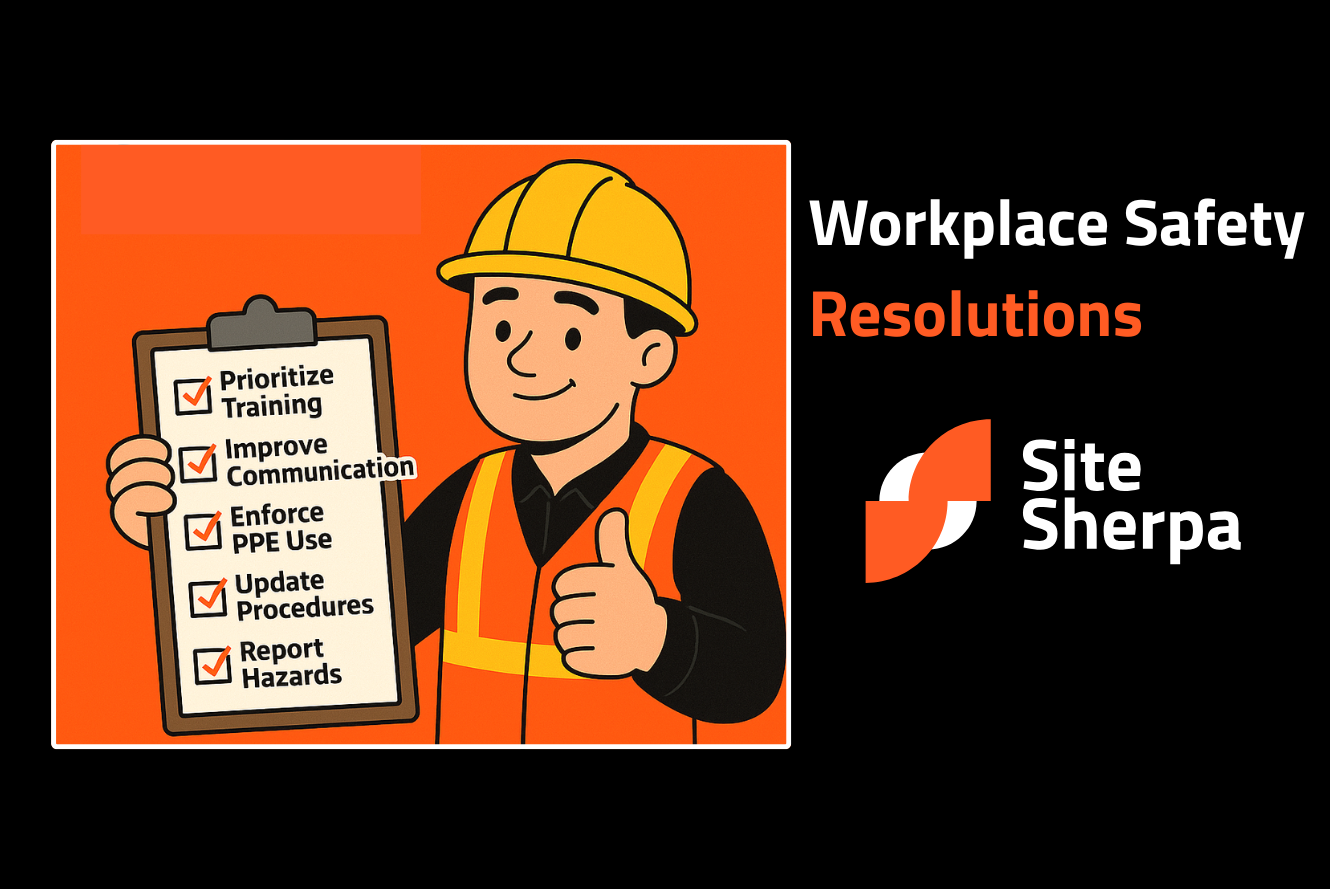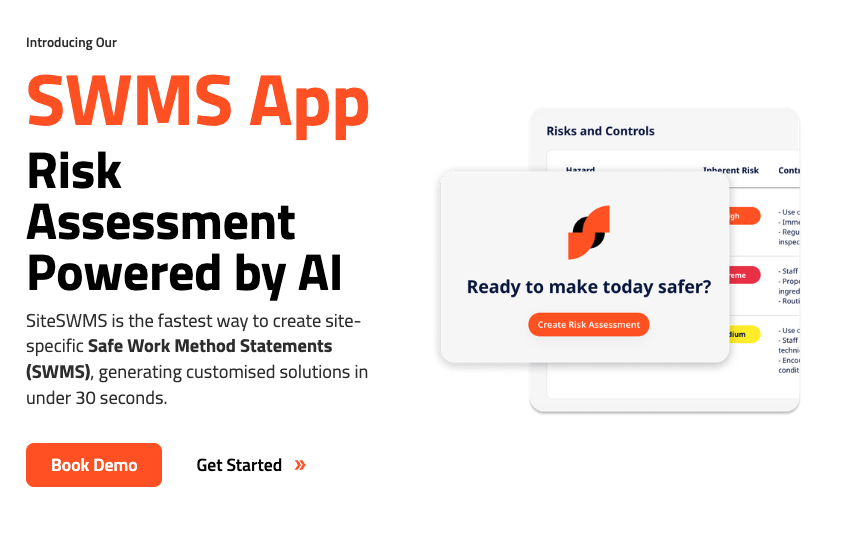A Guide to Toolbox Talks: Building Safer and Smarter Workplaces
Why toolbox talks are essential for workplace safety, communication, and compliance.
Every workplace has risks, whether it’s a construction site, a manufacturing facility, or even an office environment. The difference between organisations that manage those risks effectively and those that don’t often comes down to communication. One of the simplest yet most powerful tools for improving safety awareness and preventing incidents is the toolbox talk.
This guide will explore what toolbox talks are, why they matter, how to conduct them effectively, and how they fit into a broader culture of safety and compliance.
What Is a Toolbox Talk?
A toolbox talk is an informal safety meeting, usually conducted at the start of a work shift or before beginning a specific task. It focuses on one topic such as a hazard, a piece of equipment, or a procedure and aims to remind workers of safe practices.
Unlike lengthy training sessions, toolbox talks are short (often 5–15 minutes) and highly focused. They are designed to:
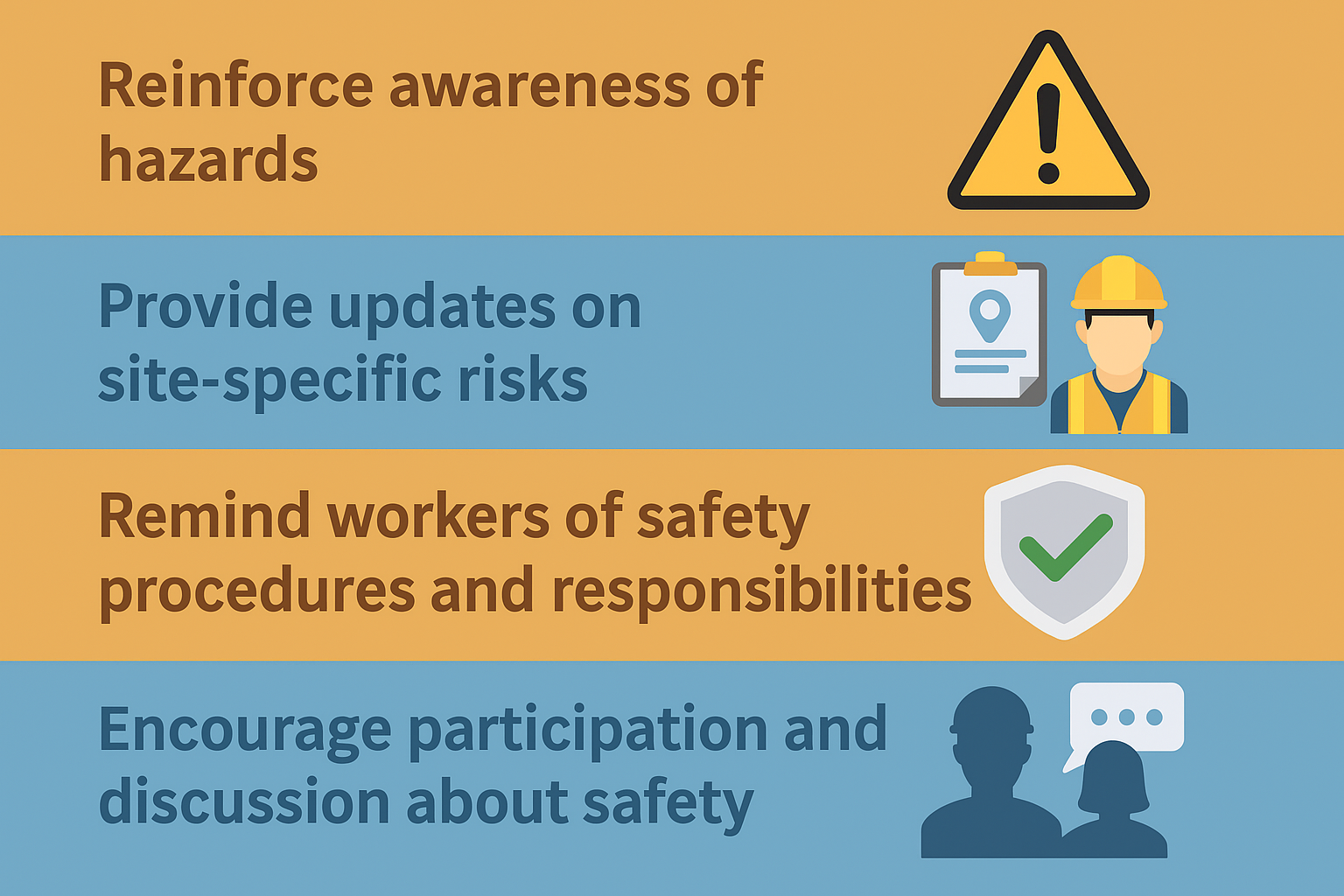
The beauty of a toolbox talk is its simplicity. It requires minimal preparation, yet it has a direct impact on how workers approach their tasks.
The Purpose of a Toolbox Talk
Toolbox talks serve multiple functions in the workplace, including:
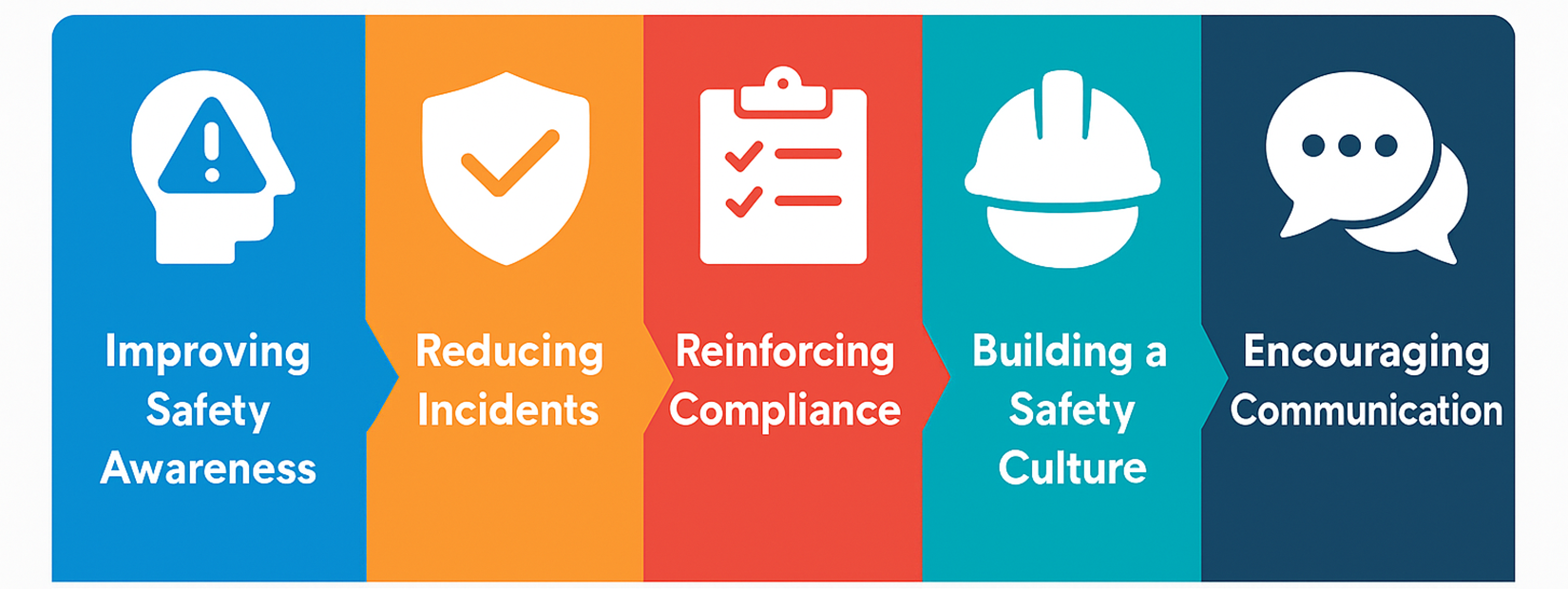
1. Improving Safety Awareness
Regular discussions about hazards and risks keep safety front of mind. Workers are less likely to cut corners when they’ve been reminded of potential dangers.
2. Reducing Incidents
By addressing specific risks before tasks begin, toolbox talks help prevent accidents, injuries, and fatalities.
3. Reinforcing Compliance
They demonstrate an employer’s commitment to workplace health and safety laws and standards. Documented toolbox talks can also serve as evidence during audits or inspections.
4. Building a Safety Culture
When workers see that safety is consistently prioritised, they become more engaged and proactive in maintaining safe practices.
5. Encouraging Communication
Toolbox talks provide a forum for workers to raise concerns, share experiences, and suggest improvements.
Topics for Toolbox Talks
Toolbox talks can cover a wide range of subjects. The key is to keep them relevant and practical. Common topics include:

By rotating topics, organisations can ensure workers remain engaged and informed about all aspects of safety.
How to Conduct an Effective Toolbox Talk
An effective toolbox talk requires preparation, delivery, and follow-up. Here’s how to do it well:

1. Preparation
- Choose a topic relevant to current tasks or conditions.
- Keep it short and focused.
- Use real examples or recent incidents to highlight risks.
- Prepare visual aids or props where possible.
2. Delivery
- Gather workers in a safe, quiet location.
- Speak clearly and avoid jargon.
- Encourage questions and participation.
- Relate the talk directly to the day’s work.
- Keep it interactive, don’t just read from a script.
3. Follow-Up
- Record attendance for compliance and record-keeping.
- Summarise key points and ensure understanding.
- Monitor whether workers apply the lessons during their tasks.
Benefits of Toolbox Talks
Organisations that implement regular toolbox talks often see measurable benefits:
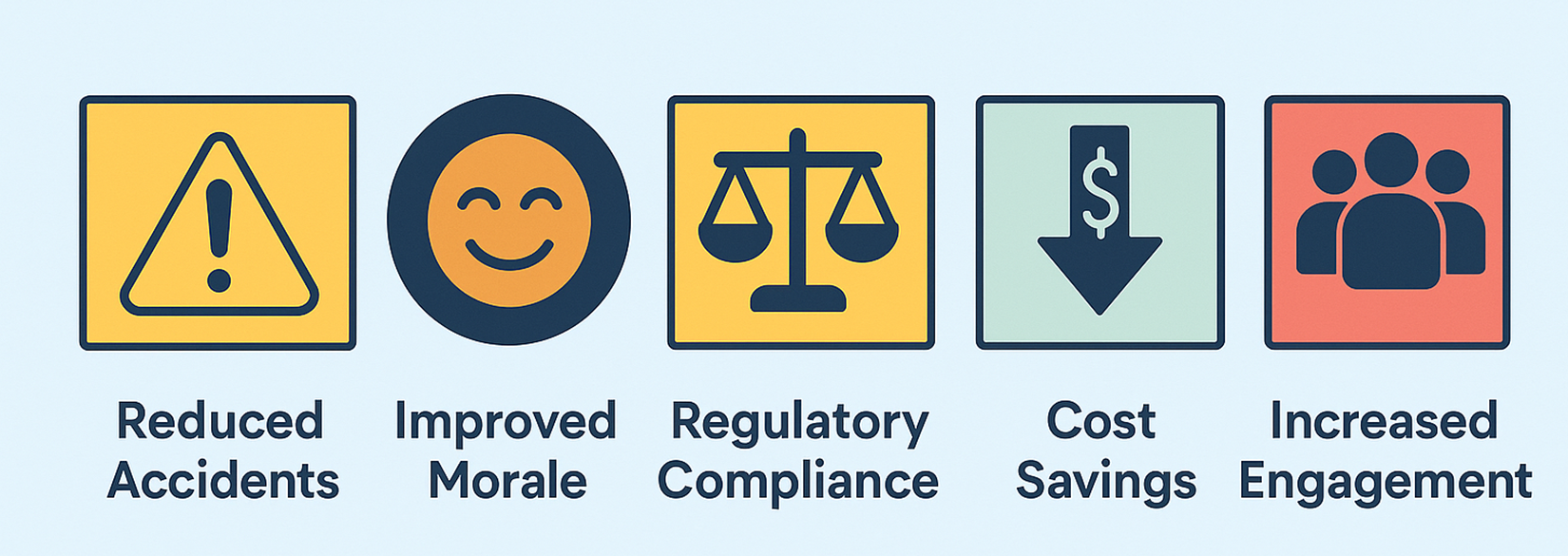
1. Reduced Accidents
Frequent reminders reduce unsafe behaviours and improve hazard recognition.
2. Improved Morale
Workers appreciate employers who invest in their safety.
3. Regulatory Compliance
Many industries require documented safety communications; toolbox talks satisfy this requirement.
4. Cost Savings
Fewer accidents mean lower compensation claims, reduced downtime, and improved productivity.
5. Increased Engagement
Workers are more likely to follow procedures when they have input into safety discussions.
Documenting Toolbox Talks
While toolbox talks are informal, documentation is still important. A standard record should include:

This record serves as proof of compliance during audits and helps track which topics have been covered.
Common Mistakes to Avoid
Even though toolbox talks are simple, they can be ineffective if not handled properly. Mistakes include:
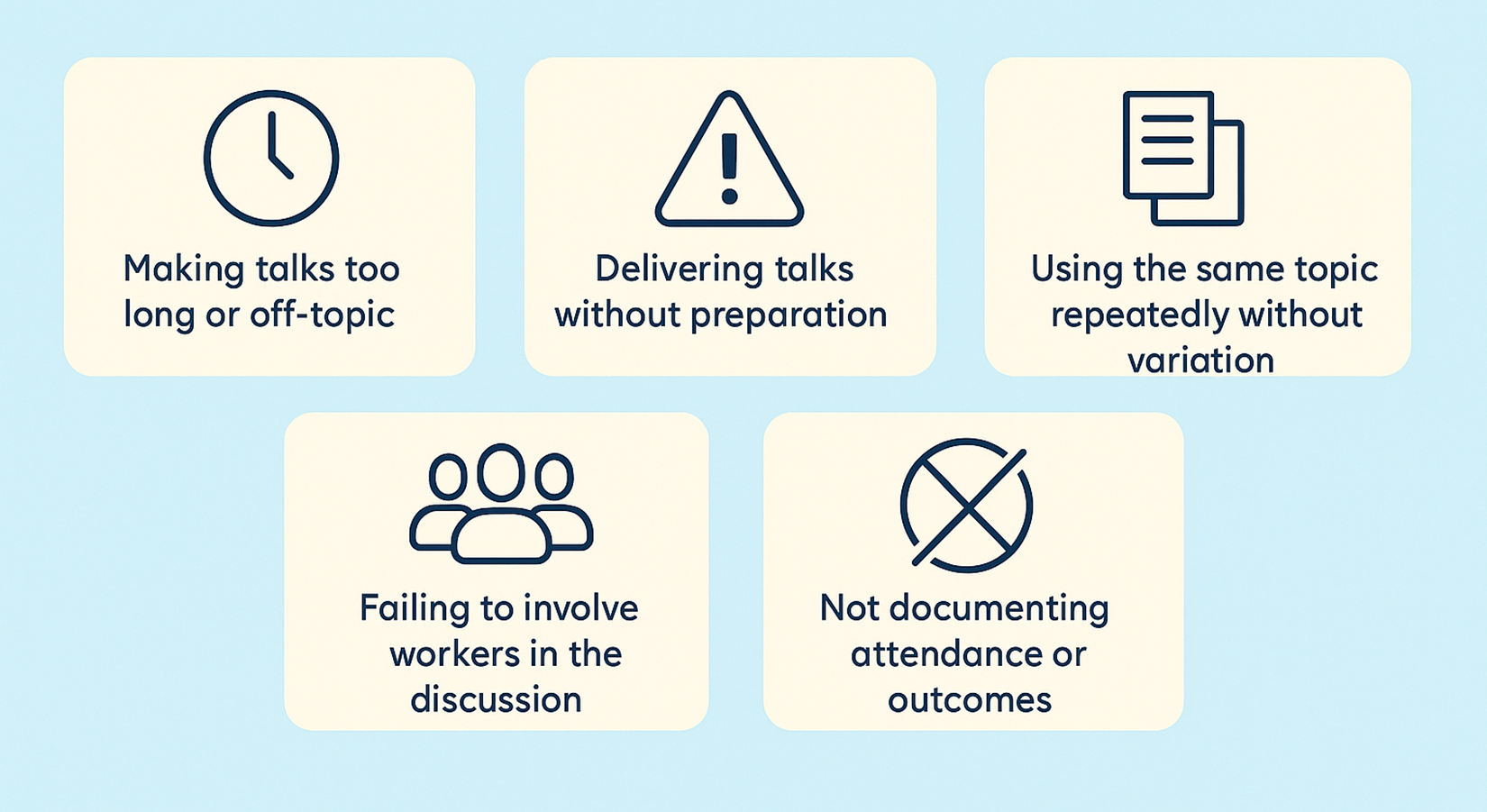
Avoiding these pitfalls ensures toolbox talks remain relevant, engaging, and effective.
Case Study: Toolbox Talks in Construction
A construction company in Sydney noticed a rise in near-miss incidents involving scaffolding. In response, supervisors introduced daily toolbox talks focusing on working at heights.
Actions Taken:
- Topics included correct use of fall protection, scaffold inspections, and weather conditions.
- Workers were encouraged to share experiences and concerns.
- Attendance and outcomes were documented.
Outcomes:
- Near-miss incidents reduced by 60% in three months.
- Workers became more proactive in reporting hazards.
- Safety audits showed improved compliance.
This case highlights how targeted toolbox talks can quickly improve safety performance.
The Role of Technology in Toolbox Talks
Digital platforms are changing how organisations conduct and record toolbox talks. Benefits include:
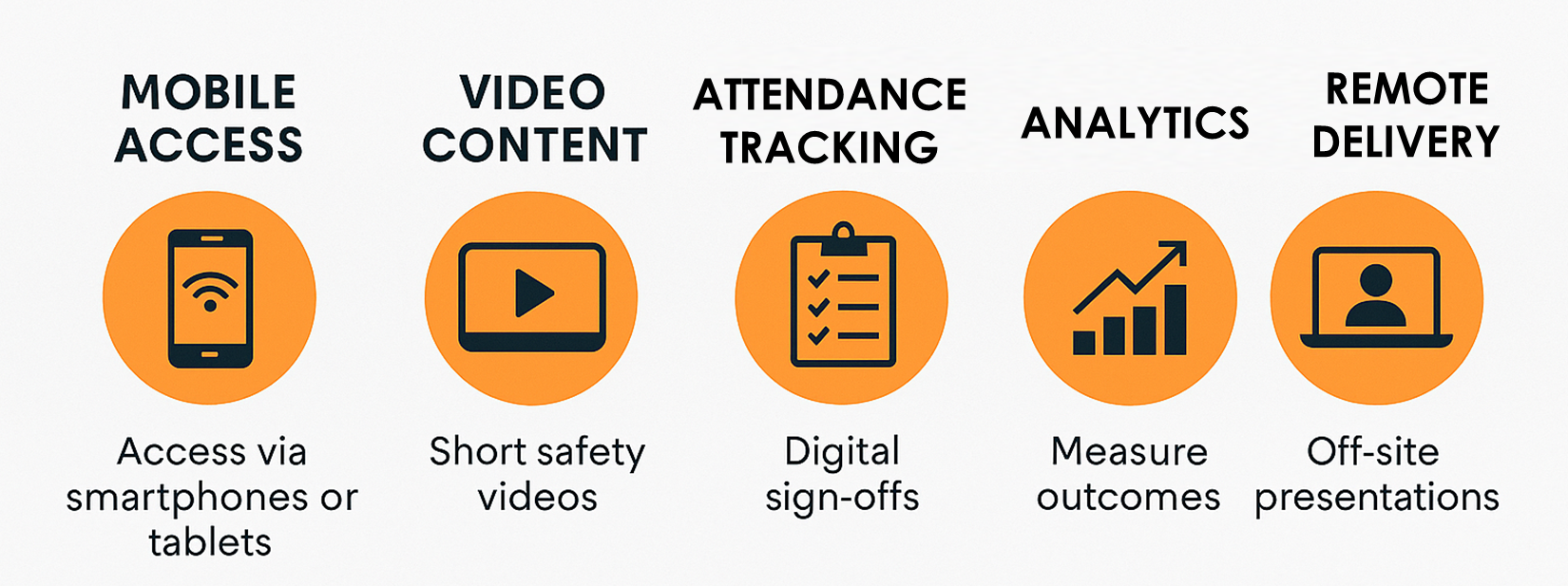
- Mobile Access: Workers can receive safety talks via smartphones or tablets.
- Video Content: Short safety videos increase engagement and understanding.
- Attendance Tracking: Digital sign-offs replace paper records.
- Analytics: Managers can track which topics are covered and measure outcomes.
- Remote Delivery: Useful for dispersed or hybrid workforces.
Technology ensures toolbox talks remain consistent, accessible, and easily documented.
Integrating Toolbox Talks into Safety Management Systems
Toolbox talks are most effective when integrated into broader safety programs. They should complement:
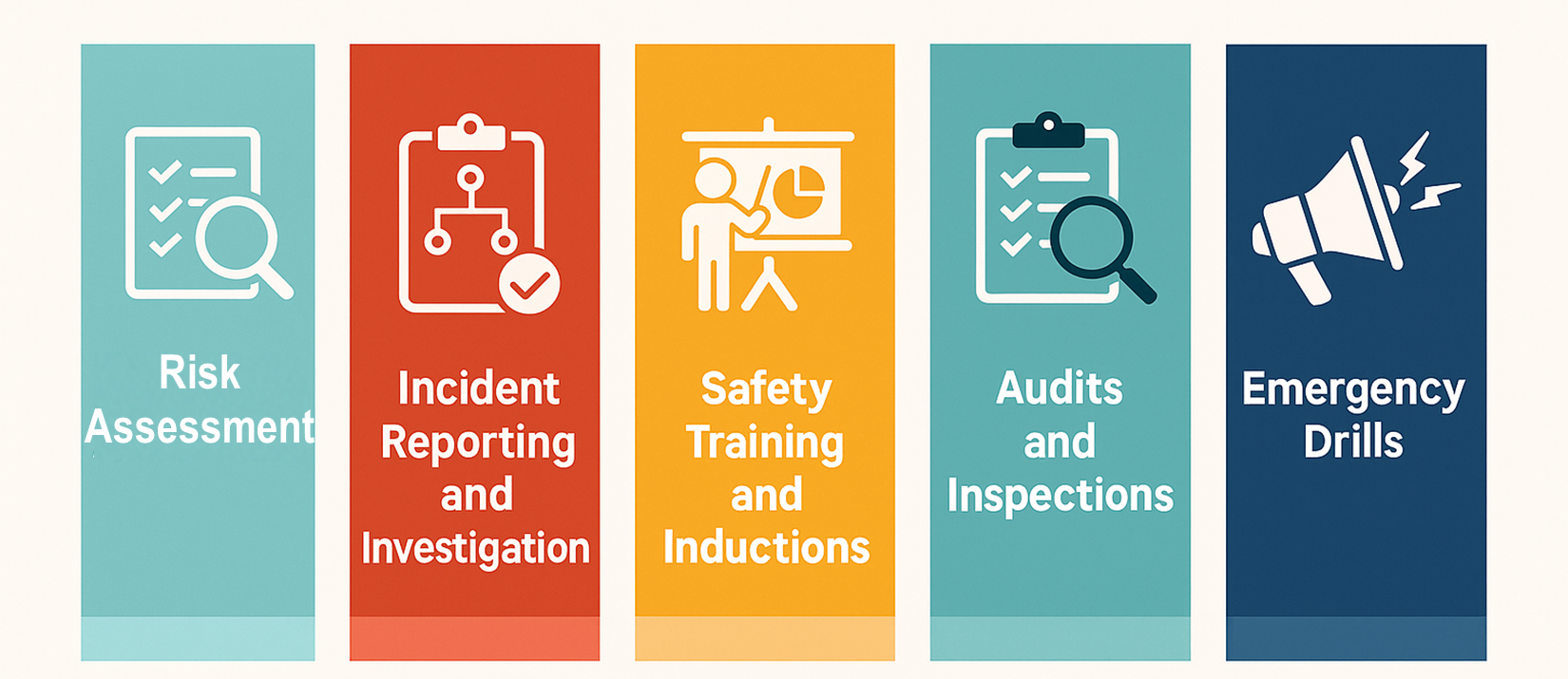
By aligning toolbox talks with existing safety systems, organisations ensure consistency and continuous improvement.
Toolbox Talks Beyond Construction
Although often associated with construction, toolbox talks are valuable across all industries:
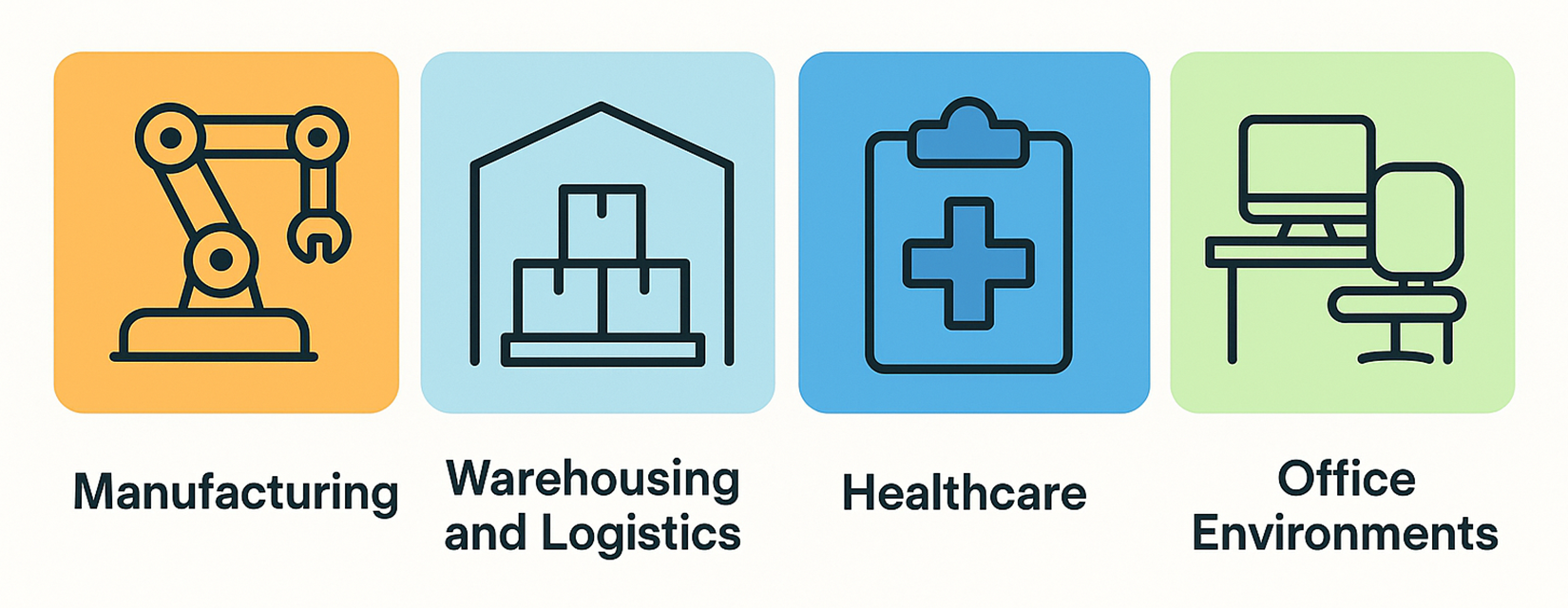
- Manufacturing: Cover topics like machine guarding, chemical handling, and ergonomics.
- Warehousing and Logistics: Discuss forklift safety, manual handling, and vehicle movement.
- Healthcare: Focus on infection control, patient handling, and stress management.
- Office Environments: Topics might include ergonomics, fire safety, or mental health.
Every workplace benefits from regular, focused safety discussions.
Best Practices for Toolbox Talks

1. Keep It Short and Simple
Focus on one topic and avoid overwhelming workers.
2. Make It Relevant
Tailor topics to current tasks or seasonal risks.
3. Be Interactive
Encourage questions, feedback, and personal experiences.
4. Document Everything
Maintain records for compliance and continuous improvement.
5. Link to Real Incidents
Use recent near misses or industry case studies for impact.
Future Trends in Toolbox Talks

- Microlearning Approaches: Using short, digital modules to reinforce key points.
- Gamification: Adding quizzes and rewards to increase engagement.
- AI-Driven Content: Tailoring talks to specific risks identified on site.
- Virtual Reality Training: Immersive simulations as part of toolbox talks.
- Focus on Psychosocial Risks: Addressing mental health, fatigue, and stress as part of regular discussions.
As workplaces evolve, toolbox talks will adapt to cover both traditional and emerging risks.
Conclusion
A toolbox talk is one of the simplest yet most effective safety practices an organisation can adopt. By focusing on a single topic, encouraging discussion, and reinforcing safe behaviours, toolbox talks help prevent accidents, strengthen compliance, and build a positive safety culture.
Whether on a construction site, in a warehouse, or in an office, toolbox talks provide a consistent reminder that safety is everyone’s responsibility. When combined with documentation, technology, and integration into wider safety systems, they become a powerful driver of safer, smarter workplaces.
The challenge for organisations is not just to conduct toolbox talks, but to make them meaningful relevant to the task at hand, engaging for workers, and aligned with long-term safety goals. Done well, toolbox talks ensure that every shift begins with safety at the forefront, and every worker goes home unharmed.
Related Content
Join Our Newsletter
Receive expert insights, safety updates, and the latest updates in our services and apps. Stay ahead of workplace safety, compliance, and operational efficiency delivered straight to your inbox.

.png)
.png)
.png)
.png)
.png)
.png)
.png)
